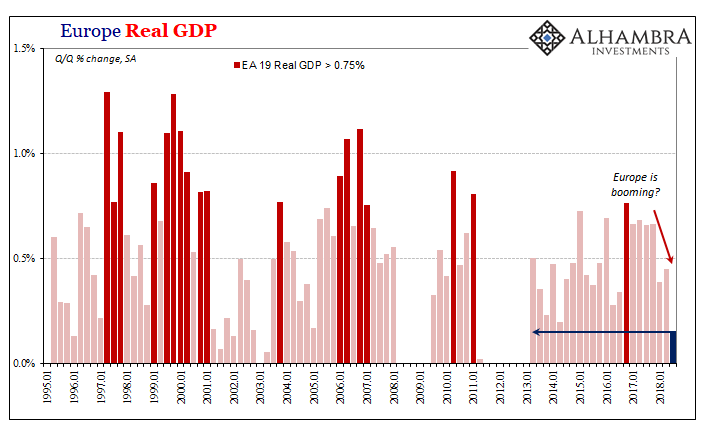Language is often said to be a living thing. Common everyday usage can and does introduce new words and changes the meaning of existing ones. But this is a gradual evolution, and rarely does the process leap ahead into more drastic alterations.
Central bankers, however, are challenging such preconceptions. They write words that often have specific meanings in everyday custom but use them very differently than they had been before. Transitory is just one example, first introduced four years ago to try to dismiss why certain things weren’t those things; and then after about four years why those things still are those things. If transitory used to mean temporary, the way it is used today is nothing like that in this setting.
The Bank of Japan not be outdone issued its usual policy statement yesterday. Right at the top of its summary economic and price review, the central bank included the following grouping of formerly well-defined words (in Japanese, I presume, as well as English):
Japan’s economy is likely to continue growing at a pace above its potential in fiscal 2018, mainly against the background of highly accommodative financial conditions and the underpinnings through government spending, with overseas economies continuing to grow firmly on the whole.
“Growing”, “potential”, “highly accommodative”, and, of course, “overseas economies continuing to grow firmly on the whole”. These words have meaning, it’s just that they aren’t deployed that way here. It’s meaningless gibberish not constructed for actual scrutiny.



Where they do have meaning is in what to central bankers is an alternate reality; their mathematical models. These forecasts are taken as unquestionable gospel, even though time after time they amount to little more than the same noise. The Bank of Japan still believes that on some future date they’ll get it right, therefore everything has been right.
















Leave A Comment